Energy Storage
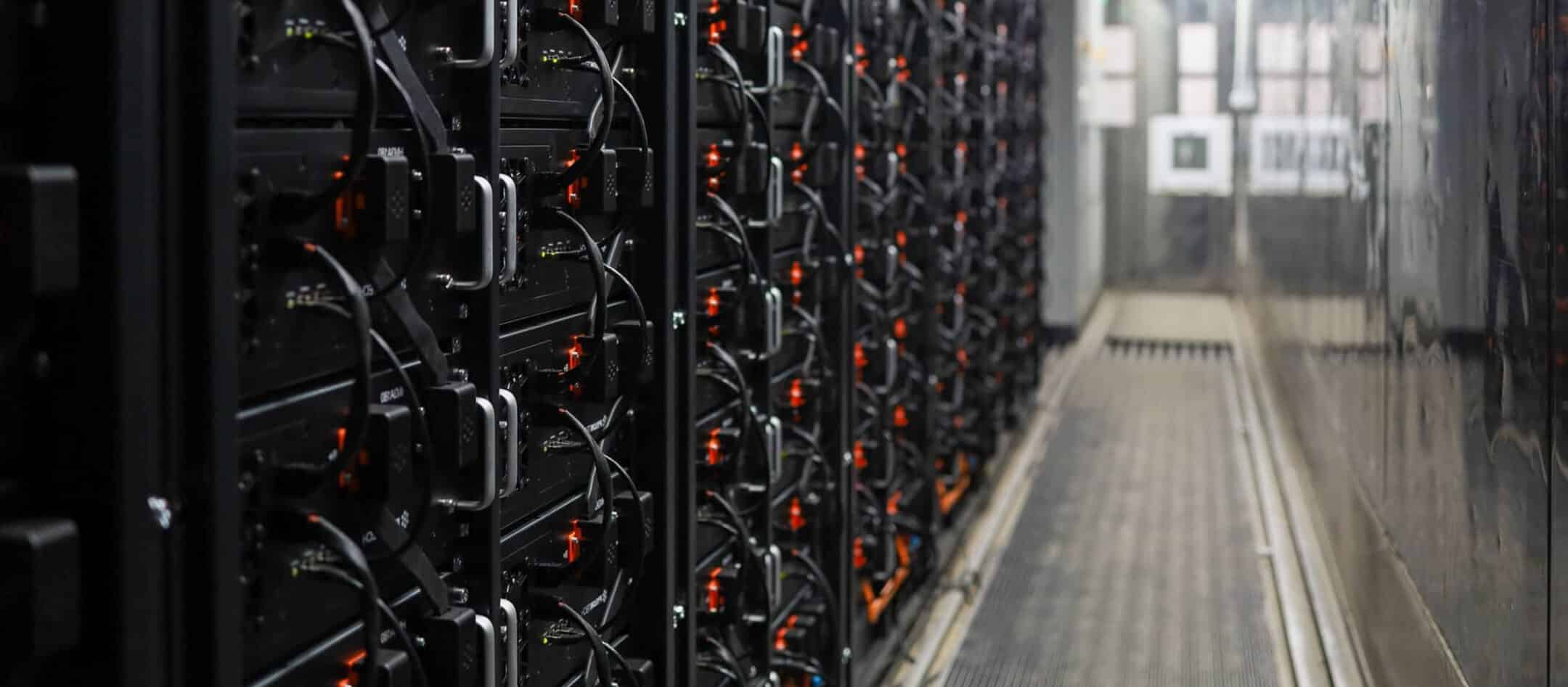
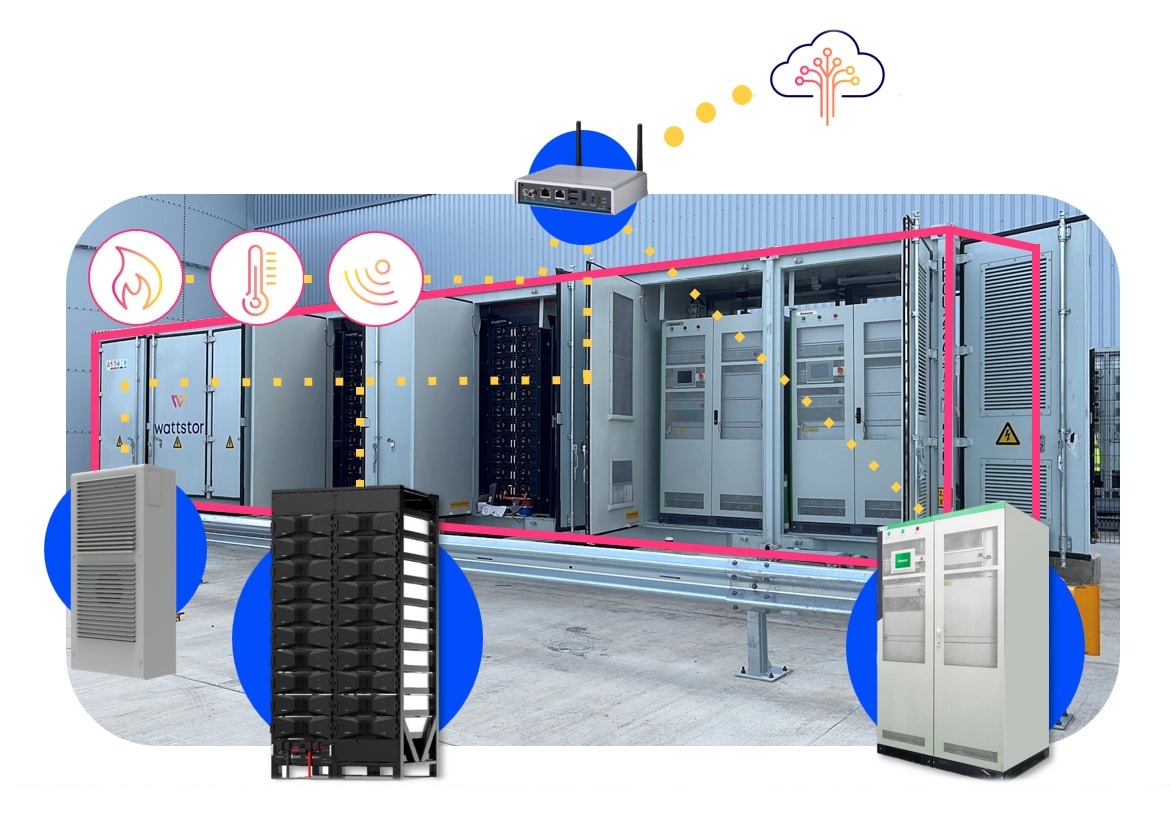
Introducing BESS from Wattstor
Our energy storage sits alongside our award-winning EMS platform, Podium, to connect distributed energy resources (DERs), maximise on-site generation, create a buffer between your site and price volatility, and break through grid constraints.
All to create an energy eco-system that truly reaps rewards.
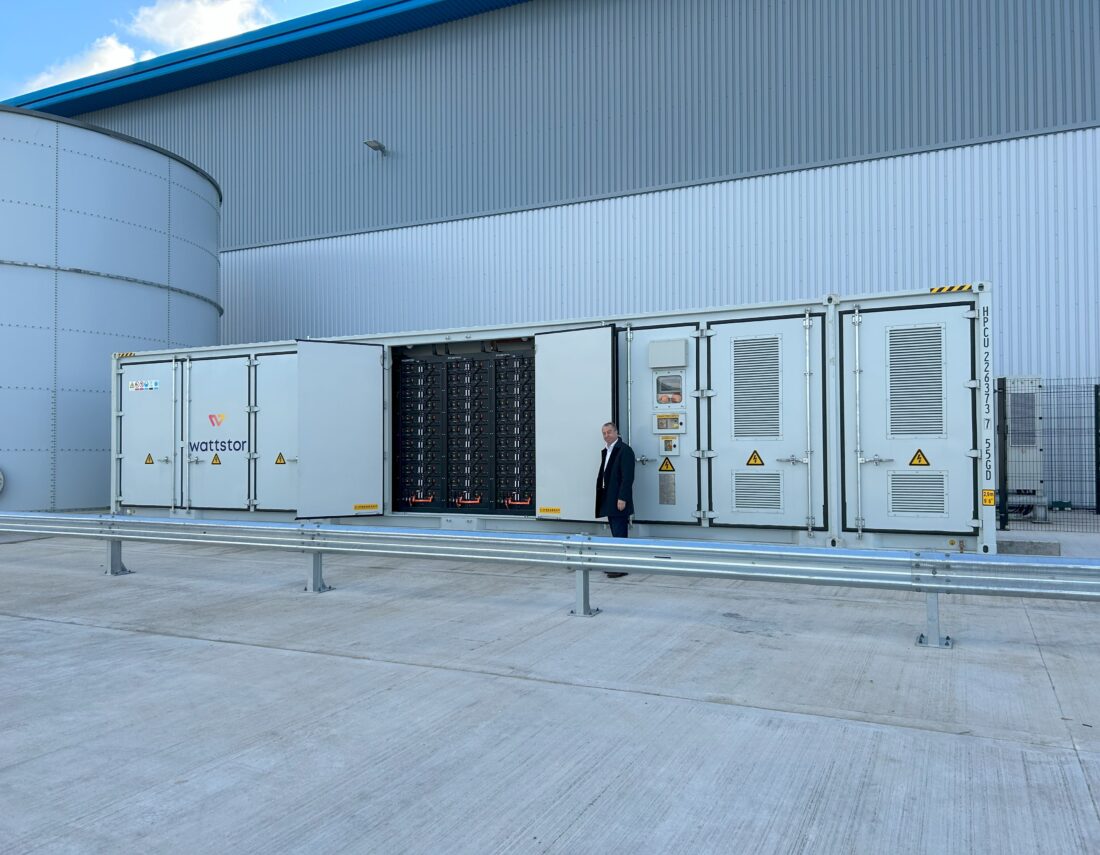
Scalable energy storage solutions
From smaller-scale rack systems for indoor applications through to standard containerised outdoor solutions, Wattstor delivers modular, scalable battery systems for industrial, commercial, agricultural and community sites.
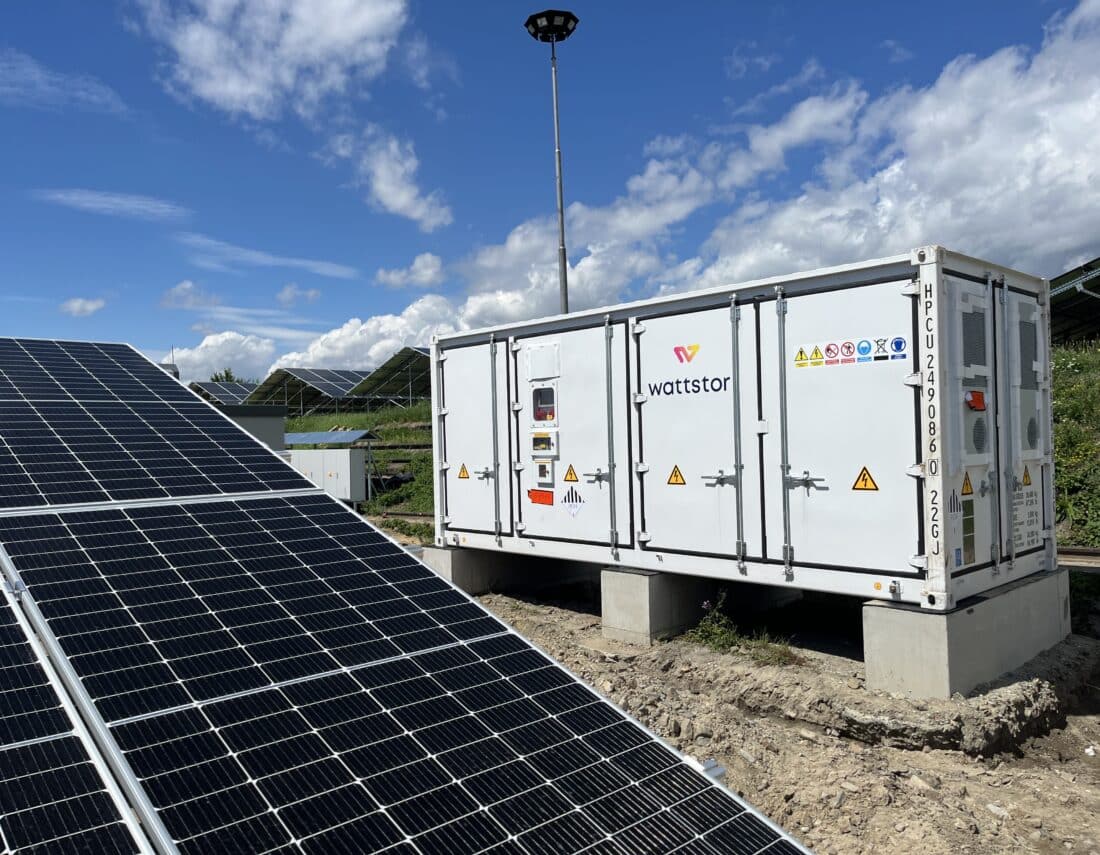
Breakthrough DC coupled BESS
Wattstor’s breakthrough DC coupled energy storage solution is making ripples across the industry.
By tapping into our pioneering technology, your site can add up to 8 times more Solar PV than grid constraints would lead you to believe. This creates the opportunity to maximise renewable deployment and site sustainability, all within regulations.
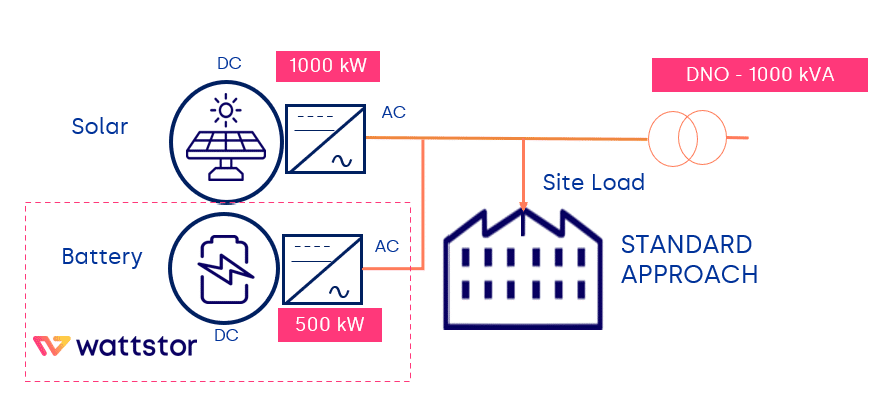
The standard approach
Let’s look at a typical scenario…
A site wants to connect solar PV and batteries to make the most of their grid connection. In this case, the amount of power they are allowed to generate, according to the grid constraints set by the local distribution network operator (DNO), is 1000kW.
The DNO counts both solar and battery inverters as generators, so views the connection request as one for 1500kW of generation (see diagram for detail). As the DNO limits the connection to 1000kW, the site would have to reduce the overall size of the generation project to fit within this limit.
So how do we fix this issue? Read on…
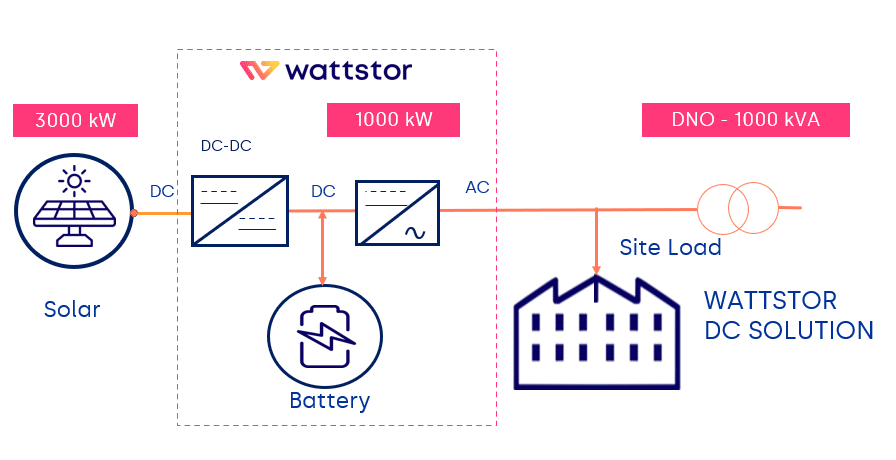
Our DC coupled solution
By rearranging the topology of the onsite energy system to utilise Wattstor’s DC coupling technology, the solar PV can be connected, without inverters, directly to the Wattstor battery system – and not to the grid.
The Wattstor battery inverter is now the only grid connected generator and can be sized to the 1000kW limit set by the DNO.
This topology allows for the addition of further solar PV capacity – in this example, 3000kW – enabling our customers to maximise renewable deployment and site sustainability.
Contact us
If your commercial energy bills are too high but you have plenty of roof space, we could help you cut costs and carbon. Tell us more below
Related insights...

01/10/2025
Wattstor Appoints Suresh Nar as Non-Executive Advisor to Drive Innovation in the UK Water Sector
To accelerate innovation and resilience in the UK water sector, Wattstor has brought on board Suresh Nar as Non-Executive Advisor. Suresh brings over 20 years of management consulting … Wattstor Appoints Suresh Nar as Non-Executive Advisor to Drive Innovation in the UK Water Sector
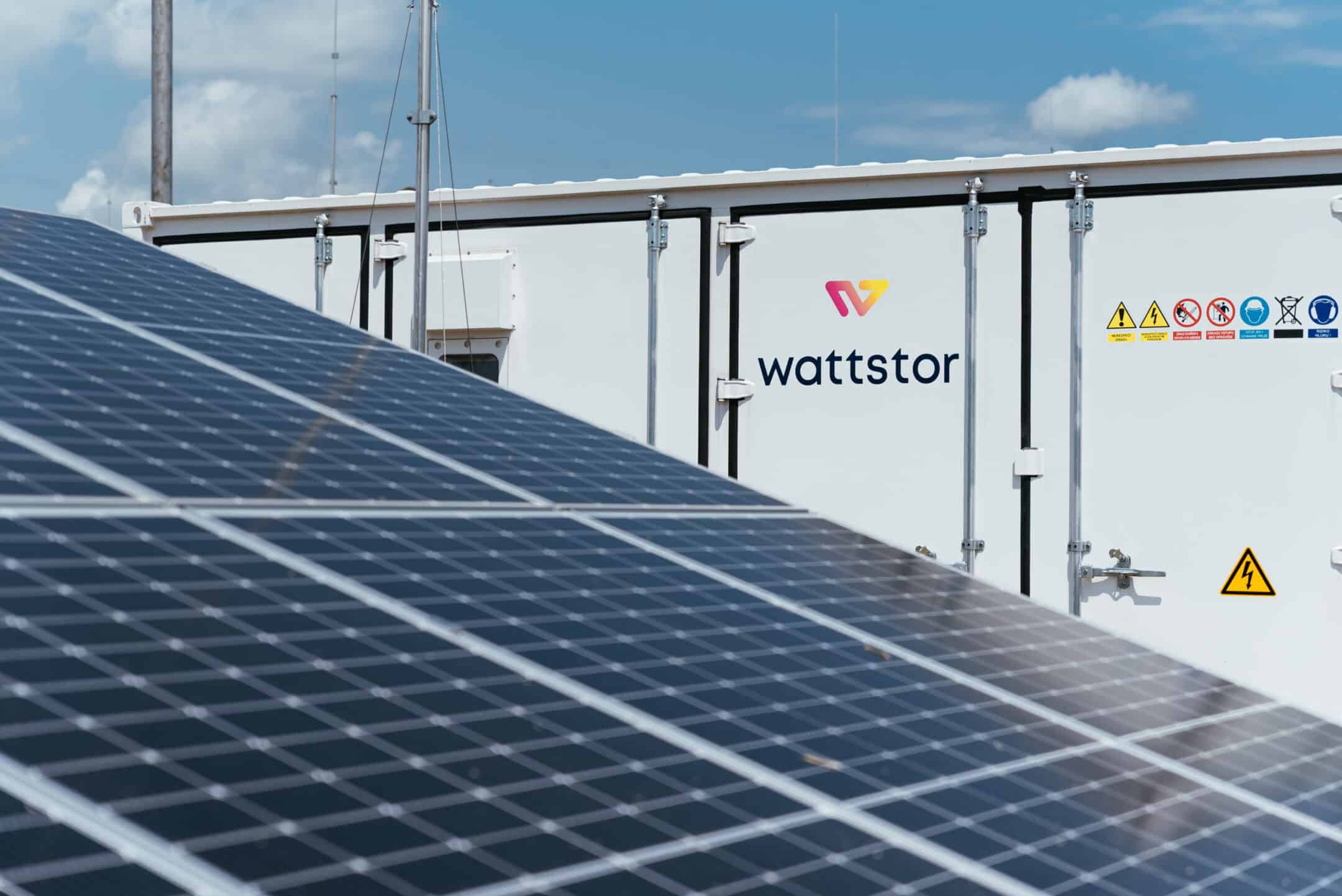
How Onsite Renewables Can Shield Manufacturers From Energy Price Spikes
For manufacturers, energy costs have become a moving target. In the past two years alone, wholesale electricity prices in the UK and across Europe have surged and collapsed … How Onsite Renewables Can Shield Manufacturers From Energy Price Spikes